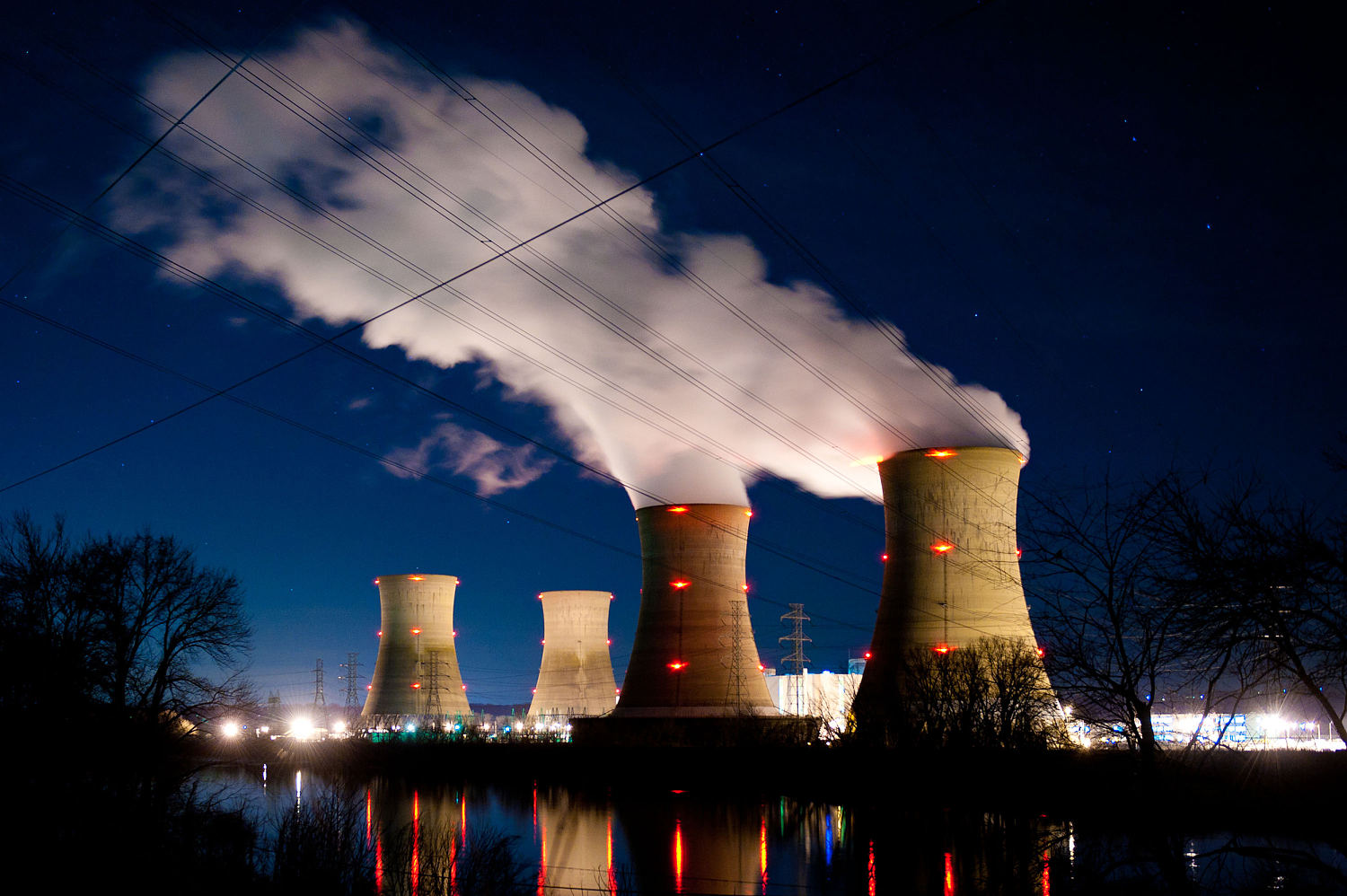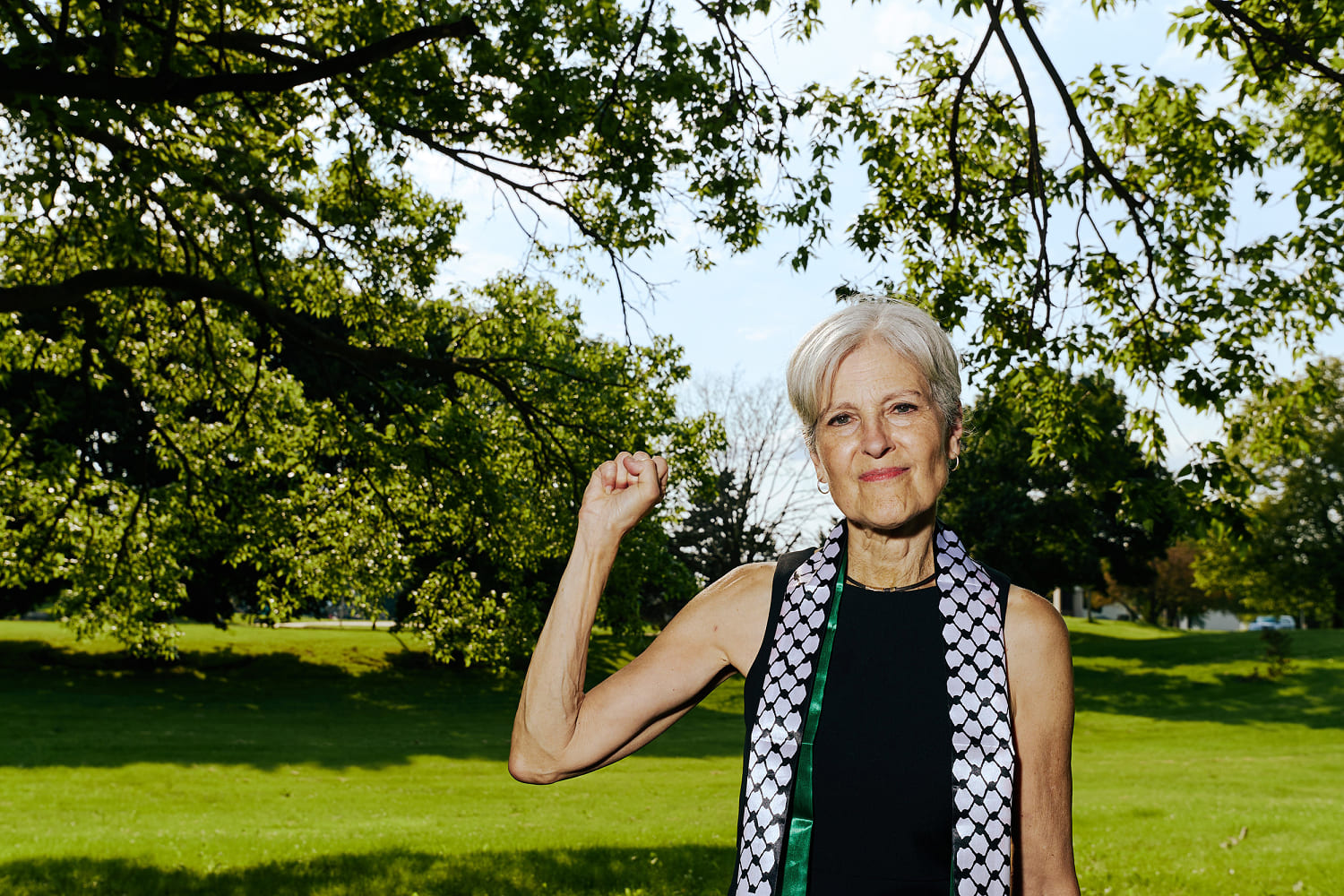The Federal Reserve is expected to announce Wednesday its first interest rate cut since 2020. How big that cut will be remains to be seen, but it is widely expected to target a 0.25% reduction from its current 5.3% level.
The economy continues to send mixed signals. The unemployment rate, at 4.2%, remains historically low — but has inched up in four of the last five months, a trend that has often preceded recessions. While layoffs remain low, hiring has virtually ground to a halt, especially in some white-collar professions, making the job search process unusually difficult for many.
A retail sales report on Tuesday showed a steady pace of spending in the U.S. overall, but with some discretionary categories, like restaurant spending, significantly weaker.
Although a cut is almost certain to happen based on what the central bank has been signaling over the last several weeks, it remained unclear heading into Wednesday whether the Fed would enact a 0.25% or 0.5% reduction. The latter figure was seen by some as needed to ward off a looming recession, while others stated it would indicate a negative surprise that implies economic weaknesses that the market has been missing.
In a note to clients in advance of Wednesday's Fed statement, Bank of America economists said that while there was a case to be made for 0.5% based on weakening data, the "base case" — meaning the most likely scenario — was for the economy to experience a "soft landing" of relatively low unemployment and relatively low inflation — but with concerns about ongoing deterioration lingering.
"The main message from the meeting should be one of cautious optimism despite downside risks," they wrote.
Others said the Fed's timetable for additional cuts would ultimately be more relevant than the cut announced Wednesday. The central bank has historically preferred to move gradually — usually in 0.25% increments — unless it is faced with an emergency. But a plurality of market participants currently believe the Fed will need to come down by at least 1.5% over its next four meetings based on current economic conditions.
That would entail a cut of at least 0.5% at some point by the time the Fed announces its interest rate in January.
Jay Bryson, chief economist at Wells Fargo, currently sees an approximately 1-in-3 chance of a recession, based on rising delinquencies and a savings rate that indicates consumers are spending more than they'd like to keep up with inflation.
"We're seeing some cracks in the economy," he told NBC News.
The Fed believes Wednesday's anticipated cut, and ones likely coming over the next several months, should put a floor under further economic deterioration.
However, it is not clear how quickly consumers and businesses can, or will, take advantage of lower rates if they sense that overall demand in the economy is on the decline.
Some economic observers say there is no sign of that occurring.
"Layoffs remain low, job openings remain high, GDP is growing at a healthy pace, and there have not been any major negative shocks," David Mericle, Goldman Sachs' chief U.S. economist, said in a note to clients.
But not all share this view.
Economists with Citi financial group believe a more significant downturn is in the offing, pointing to surveys that show the largest share of small businesses expecting earnings to decline since 2010, with hiring expected to remain subdued. They also note home-buying and construction activity has not increased despite recent declines in mortgage rates, something they say reflects weaker demand.
"Firms have slowed hiring to reduce labor costs," the Citi economists wrote. "As hiring slows broadly workers will be less likely to leave their current job and firms will be forced to begin active reductions."
.png)
 2 days ago
13
2 days ago
13





























 Bengali (BD) ·
Bengali (BD) ·  English (US) ·
English (US) ·